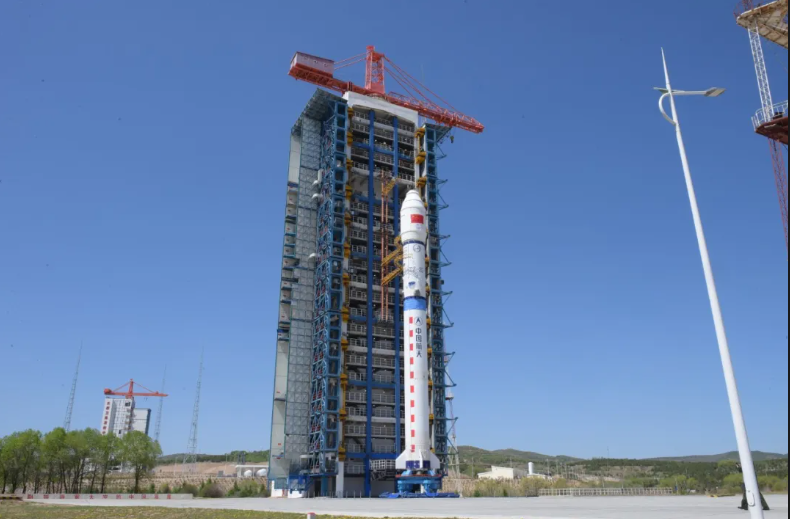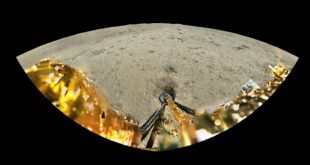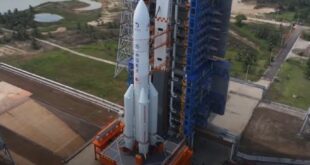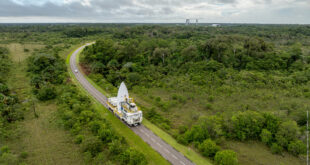
Ibadan, 21 May 2024. – China has launched the Beijing-3C satellite constellation aboard the Long March-2D carrier rocket from the Taiyuan Satellite Launch Center, sending four Beijing-3 optical remote sensing satellites into orbit. This was the 523rd flight mission of the Long March rocket series. The Long March-2D carrier rocket also previously launched Beijing-3A and Beijing-3B satellites into orbit.
The Fifth Academy of China Aerospace Science and Technology Corporation developed the Beijing-3C satellite constellation to provide high spatial and temporal resolution remote sensing satellite data. After the constellation becomes operational, the four satellites will operate in an equal-phase network to support land and resources management, agricultural resource surveys, ecological environment monitoring, comprehensive urban applications and other fields.
Furthermore, the satellites will work with the Beijing series of satellites operating in orbit to enhance the ability to acquire high-resolution remote sensing satellite data, assist the development of new productive forces in commercial aerospace, and contribute to the modernization of the national governance system and governance capabilities.
The constellation consists of four 0.5-meter (panchromatic)/2-meter (multispectral) resolution intelligent remote-sensing satellites, including the Beijing-3 C-01/02 satellite, the Nanning-2 satellite, and the Zhengzhou Airport Satellite. Furthermore, the network, Internet cloud service center, and user application terminals are interconnected to form a “star-ground-cloud-terminal” space-ground integrated system. It also features a new generation of remote sensing Internet satellite systems, which the 21st Century Space Technology Application Co., Ltd and Aerospace Dongfanghong Satellite Co., Ltd. jointly developed.
The Beijing-3C Star Constellation is an important development for China as the Country aims to leverage it to “accelerate the development of new productive forces” and actively create new growth engines such as “commercial aerospace”.
 SpaceWatch.Global An independent perspective on space
SpaceWatch.Global An independent perspective on space




